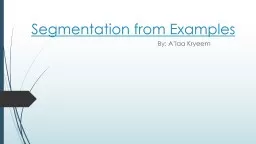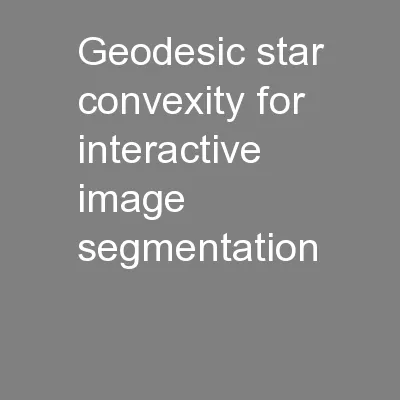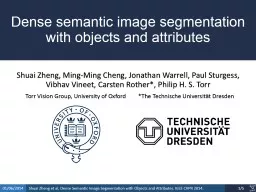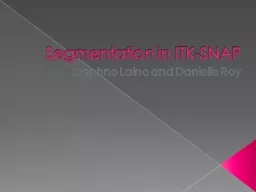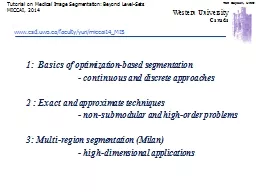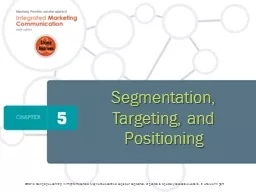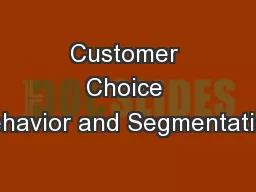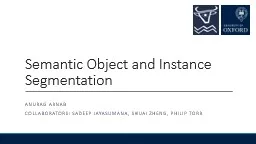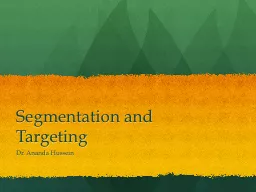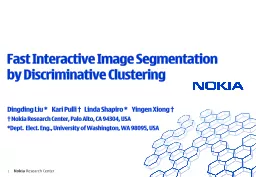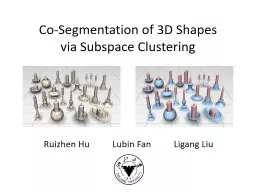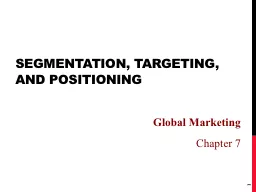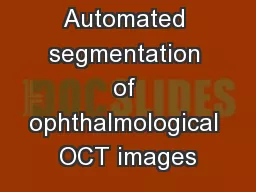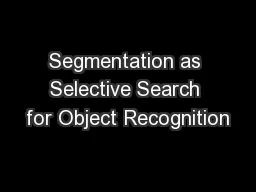PPT-Segmentation from Examples
Author : tatiana-dople | Published Date : 2016-07-10
By Alaa Kryeem Lecturer Hagit HelOr What is Segmentation from Examples Segment an image based on one or more correctly segmented images assumed to be from the
Presentation Embed Code
Download Presentation
Download Presentation The PPT/PDF document "Segmentation from Examples" is the property of its rightful owner. Permission is granted to download and print the materials on this website for personal, non-commercial use only, and to display it on your personal computer provided you do not modify the materials and that you retain all copyright notices contained in the materials. By downloading content from our website, you accept the terms of this agreement.
Segmentation from Examples: Transcript
Download Rules Of Document
"Segmentation from Examples"The content belongs to its owner. You may download and print it for personal use, without modification, and keep all copyright notices. By downloading, you agree to these terms.
Related Documents

